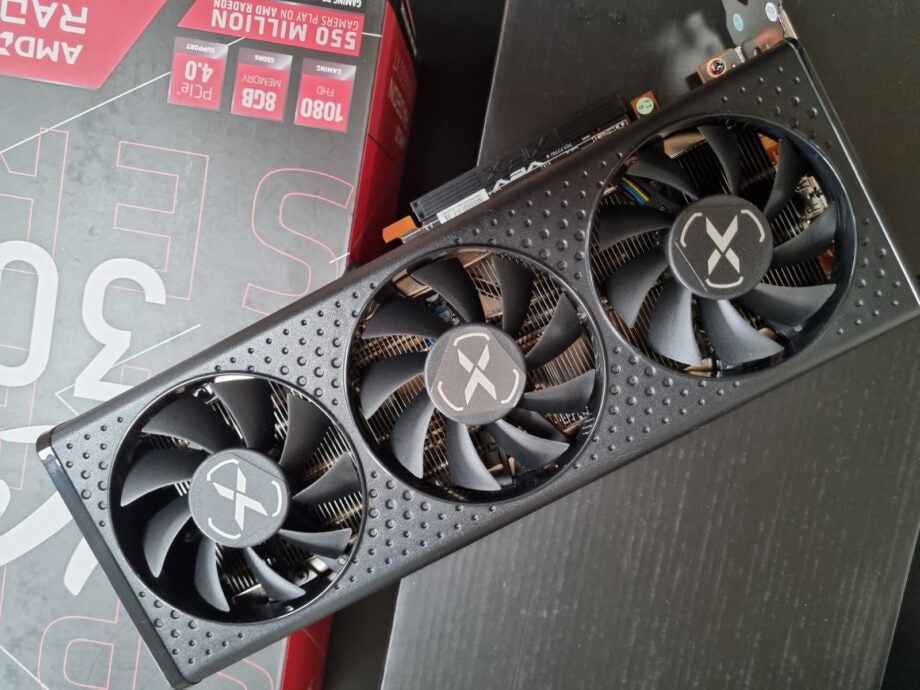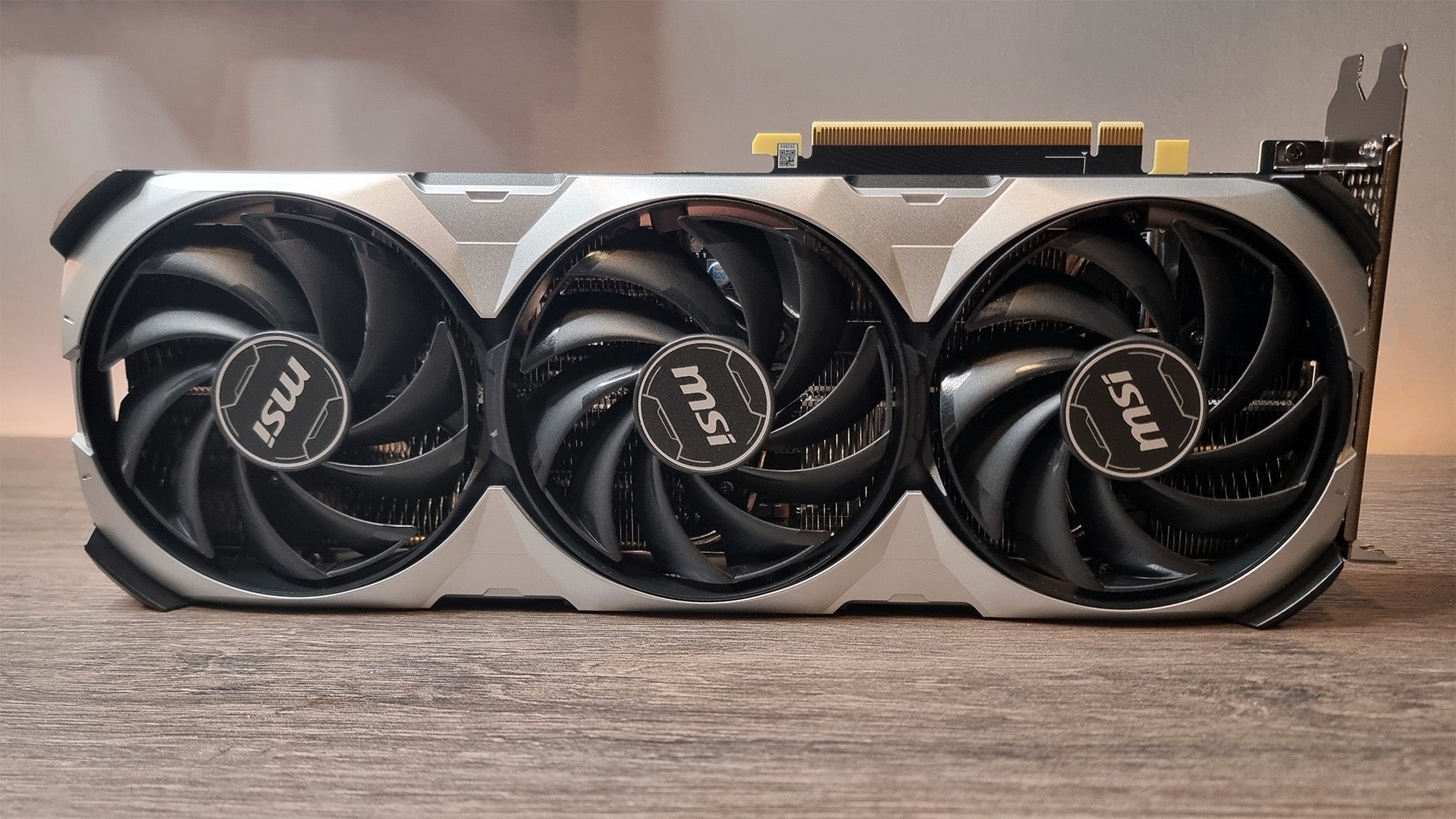AMD RX 6600 XT vs Nvidia RTX 3060 Ti: Which GPU should you buy?

AMD has just launched its latest graphics card for 1080p gaming: the Radeon RX 6600 XT. But, how does it compare to our current best GPU for 1080p, the Nvidia RTX 3060 Ti?
We’ve put the two graphics cards head-to-head to help you decide which one is worth your money. Read on to discover how they compare when it comes to price, specs, features and performance.
Price and availability
The AMD RX 6600 XT is the more affordable option of the two at $379 (around £273). The Nvidia RTX 3060 Ti is priced at £369/$399, making it $20 pricier in the US.
As far as availability goes, the RTX 3060 Ti having launched in December 2020 and the 6600 XT is set to be released on August 11 2021. However, which card you pick up could ultimately come down to availability when you shop, as both GPUs could fall victim to the ongoing silicon shortage, leading to limited stock and inflated prices.
Specs and features
The AMD RX 6600 XT is based on AMD’s RDNA 2 architecture, which supports features like AMD Infinity Cache and ray tracing, while the 3060 Ti is based on Nvidia’s Ampere ampere architecture, which packs enhanced ray tracing cores and tensor cores.
The 6600 XT has a base clock speed of 2359MHz and a boost clock speed of up to 2589MHz, which is significantly faster than the 3060 Ti’s base clock speed of 1410Mhz and boost clock speed of 1670MHz. But it would be a mistake to assume that means AMD’s card is more powerful.
The RTX 3060 also needs more power, with a a graphics card power of 200W and a required system power of 600W. For comparison, the 6600 XT has a typical board power of 160W and a minimum power supply recommendation of 500W. Both GPUs pack 8GB of GDDR6 memory.
As far as features are concerned, the RX 6600 XT offers support for AMD Smart Access Memory when paired with a Ryzen 5000 processor, providing a performance uplift of up to 11% in select titles.
The 6600 XT also includes Radeon Anti-Lag for more responsive gaming and Radeon Boost increase performance during fast-motion gaming scenes.
Nvidia’s best feature is DLSS, which uses artificial intelligence to boost the frame-rate performance of a game, making up for performance drops caused by the likes of ray tracing.
AMD recently launched its FSR (FidelityFX Super Resolution) spatial upscaling solutions which boosts framerates for high-resolution gaming too. However, it’s not quite as effective as DLSS, as it reportedly sees a greater compromise to the image quality.
Performance
According to AMD, the 6600 XT can hit 125fps on average across modern AAA titles at 1080p. The company also claims the 6600 XT can offer up to 15% higher performance with max settings across AAA titles when pitted against the same system configuration on Nvidia’s RTX 3060.
Of course, the RTX 3060 Ti performs better than the RTX 3060, so we’ve decided to test the the two GPUs ourselves.
| AMD RX 6600 XT | Nvidia RTX 3060 Ti | |
| Borderlands 3 (Full HD) | 94.66 fps | 95.2 fps |
| The Division 2 (Full HD) | 106 fps | 128 fps |
| Doom Eternal (Full HD) | 99 fps | 259 fps |
| Horizon Zero Dawn (Full HD) | 92 fps | 101 fps |
When it comes to 1080p gaming, the RTX 3060 Ti remains the winner of the two. The GPU is able to achieve 95.2fps to the 6600 XT’s 94.66fps in Borderlands 3, 128fps to the 6600 XT’s 106fps in Division 2, 259fps to the 6600XT’s 99fps in Doom Eternal and 101fps to the 6600 XT’s 92fps in Horizon Zero Dawn.
A similar pattern can be seen in 1440p gaming with the 6600 XT consistently hitting around the 60 to 80fps mark, and the 3060 Ti remaining slightly ahead in all except Doom Eternal where it manages to reach 191fps to the 6600 XT’s much lower 79fps.
Nut while Nvidia wins in terms of performance, it also consumes more power, with the GPU sees a peak power draw of 336.6W to the 6600 XT’s 252.8W in our tests.
Verdict
While the AMD RX 6600 XT is a great GPU with a solid 1080p performance and lower power consumption, the RTX 3060 Ti remains our winner when it comes to performance.
There’s also very little between the two in price, meaning you shouldn’t have to pay a huge amount more for the 3060 Ti (if you can find one available, that is). If you can find both graphics cards at their retail prices, we recommend going for the RTX 3060 Ti, with the AMD only being a worthwhile alternative if you want to reduce your power consumption as much as possible.





